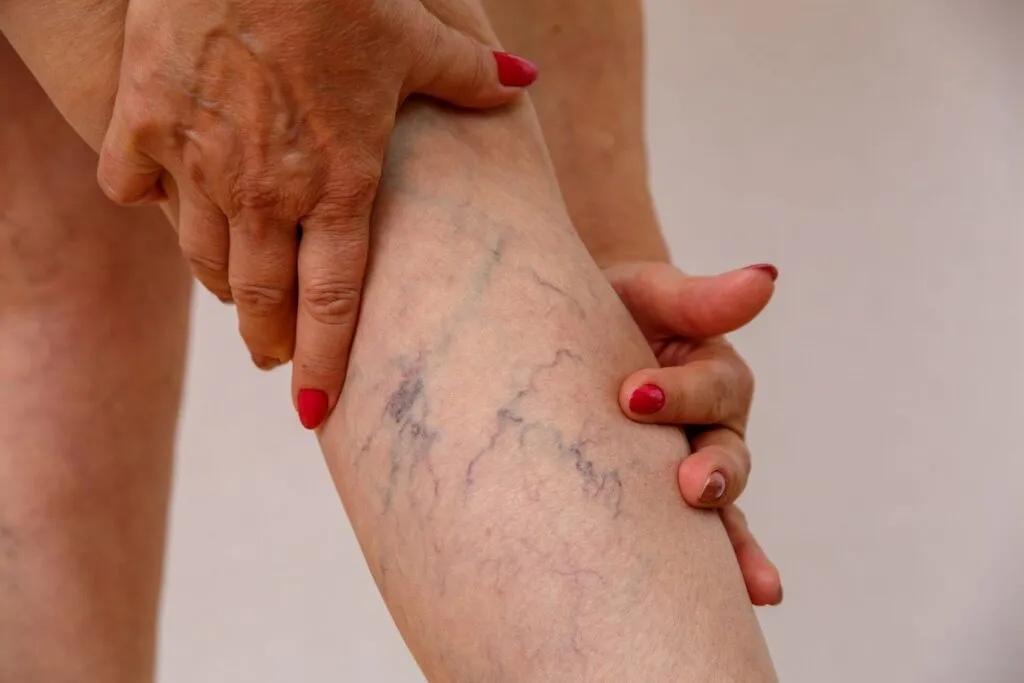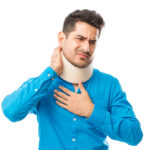Varicose veins are a common condition that affects many adults. These enlarged, twisted veins, typically appearing in the legs, can cause discomfort and may signal underlying venous issues. Understanding the causes, symptoms, and available treatments is beneficial for managing this condition effectively. Here is more information on varicose veins and options for management:
What Are Varicose Veins?
Varicose veins are swollen, enlarged veins that are often blue or dark purple. They may appear lumpy, bulging, or twisted. They develop when the small valves inside the veins malfunction, causing blood to flow backward and pool in the vein. This pooling leads to the swelling and enlargement of the veins.
Any superficial vein can become varicose, but they most commonly occur in the legs. This is because standing and walking upright increases the pressure in the veins of your lower body. Varicose veins and spider veins, a common and less severe variation, are primarily a cosmetic concern for some, but for others, they can cause aching pain and discomfort.
What Causes Them?
The primary cause of varicose veins is weakened or damaged valves within the veins. Arteries carry blood from your heart to the rest of your tissues, and veins return blood from the rest of your body to your heart. To return blood to your heart, the veins in your legs must work against gravity.
Muscle contractions in your lower legs act as pumps, and elastic vein walls help blood return to your heart. Tiny valves in your veins open as blood flows toward your heart, then close to stop blood from flowing backward. If these valves are weak or damaged, blood can flow backward and pool in the vein, causing the veins to stretch or twist.
What Are the Symptoms?
The most recognizable symptom is the appearance of dark purple or blue, twisted, and bulging veins. Some individuals may not experience any painful symptoms. When painful signs do occur, they may include an achy or heavy feeling in your legs, burning, throbbing, muscle cramping, and swelling in your lower legs. It is beneficial to recognize these symptoms and seek appropriate care when needed.
What Home Remedies Can Help?
Several home care measures help alleviate the discomfort caused by varicose veins and may prevent them from worsening. Regular exercise, such as walking or swimming, can improve blood circulation in the legs. Elevating your legs above the level of your heart several times a day also helps reduce swelling and relieve pressure.
Wearing compression stockings is another common approach. These garments apply steady pressure to your legs, which helps your veins and leg muscles move blood more efficiently. Avoiding long periods of sitting or standing and maintaining a healthy weight can also reduce the strain on your veins.
How Is Professional Guidance Beneficial?
While home remedies can manage symptoms, professional medical treatment may be necessary for some individuals. A specialist can provide an accurate diagnosis and recommend a suitable treatment plan based on the severity of the condition. Professional guidance helps in addressing both the cosmetic appearance and any underlying medical issues.
Several minimally invasive and surgical treatments are available for this condition. These procedures are designed to close off or remove the affected veins, redirecting blood flow to healthier veins. Available professional treatments include:
- Endovenous ablation
- Sclerotherapy
- Removal surgery
- Varithena
Talk to a Specialist Today
Varicose veins are a common condition with various causes and symptoms. While home remedies can offer relief and help manage the condition, professional treatments provide more definitive solutions. If you are experiencing discomfort from this condition, consult with a specialist today.



